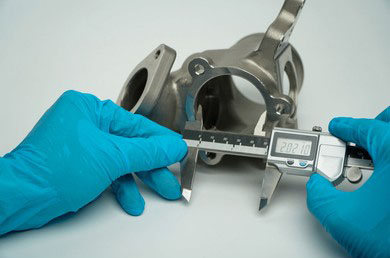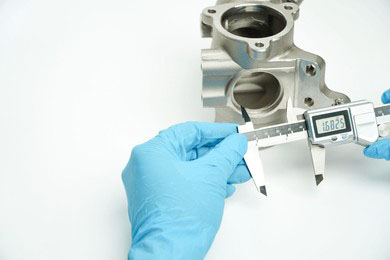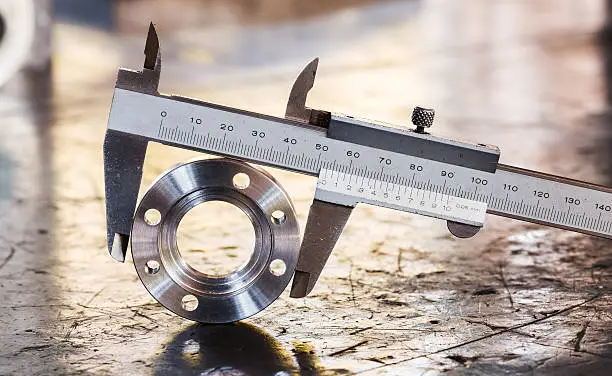Understanding Hole Tolerances in Mechanical Design and Manufacturing
Understanding Hole Tolerances in Mechanical Design and Manufacturing
In the field of mechanical design and manufacturing, engineering drawings are indispensable tools used to transform design concepts into physical components. Various hole toleranaces specified on these drawings play a critical role in ensuring the proper assembly and functionality of these components. In this article, we will delve into different types of hole tolerances and their significance in the realm of component manufacturing.

Hole tolerances refer to the permissible range of dimensional variations for holes on a component. They are typically defined by upper and lower limits to ensure that the hole dimensions fall within an acceptable range for proper assembly with other components. Here are some common types of hole tolerances:
Hole Basis System:
In this system, tolerances are defined relative to the basic size of the hole. This means that the upper and lower limits of the hole are fixed, while the dimensions of the shaft may vary. This system is suitable for situations where the hole's location is critical.

Shaft Basis System:
In contrast to the hole basis system, shaft basis tolerances are defined relative to the basic size of the shaft. In this system, the hole dimensions may vary, while the upper and lower limits of the shaft are fixed. This method is often used when a tight fit between the shaft and the hole is required.

Clearance Fit:
This type of tolerance is designed to create a gap, ensuring that two components can be easily assembled. It is typically used in applications where a tight fit is not required.
Interference Fit:
Interference fit tolerances require the hole to be larger than the shaft, ensuring a tight fit between the two components. This type of tolerance is commonly used in situations where strong force transmission or preventing relative movement between parts is necessary.
When selecting the appropriate hole tolerances, engineers must consider various factors, including the component's function, materials, manufacturing processes, and cost. Choosing the wrong hole tolerance can lead to assembly issues, component damage, or functional failure.

Furthermore, international standard organizations like ISO and other manufacturing standards bodies provide standards and guidelines for hole tolerances to ensure consistency and interchangeability among different manufacturers. These standards ensure that components designed and manufactured worldwide can be compatible with each other.
In summary, hole tolerances play a crucial role in engineering drawings, ensuring the proper assembly and performance of components. Engineers and manufacturers must carefully consider different types of hole tolerances to ensure that the final components work as intended and fit well with other parts. This requires meticulous planning, adherence to standards, and precise manufacturing processes.





